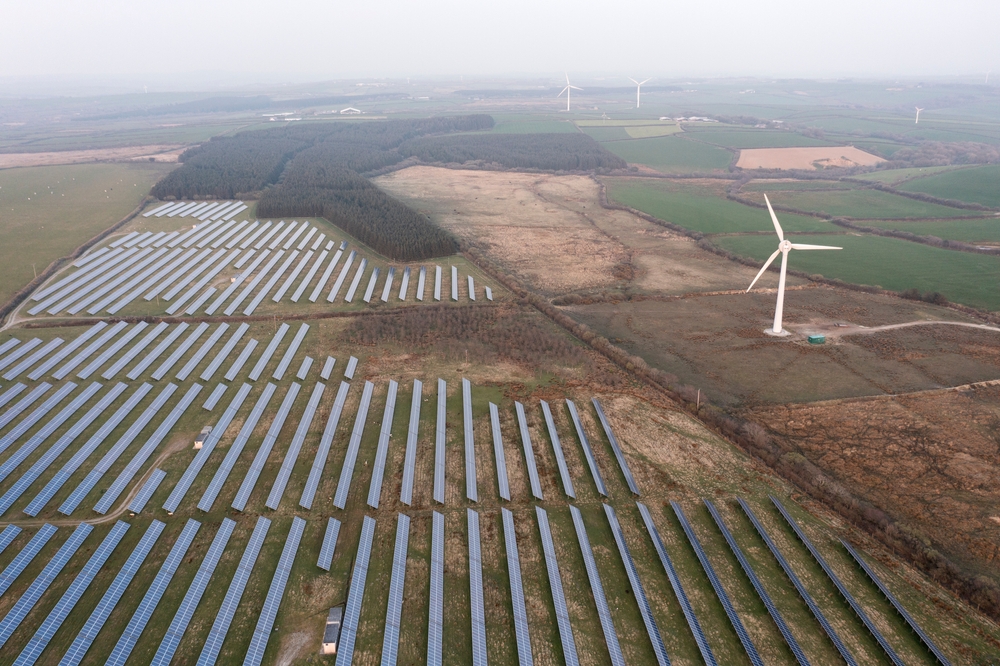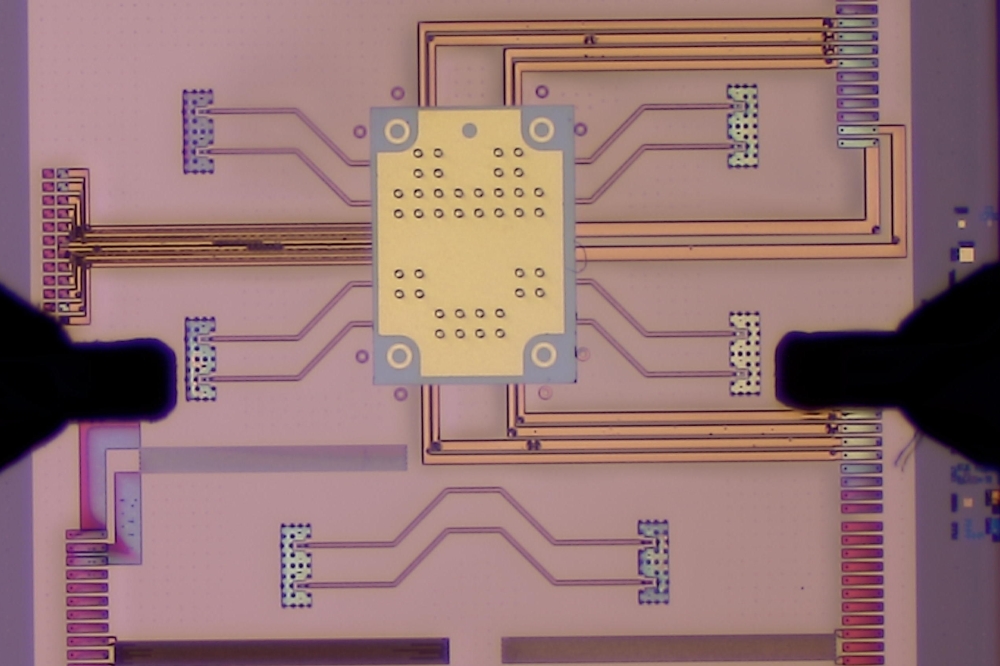Nichia increases brightness of handset backlight LEDs by 50%
Full-color LCD screens, which require a white light source, are becoming more common in a variety of battery powered mobile devices. The most common mobile devices with full color displays are personal digital assistants, handheld video cameras, and digital still cameras. Cellular telephones with full-color LCD screens are also becoming commonplace, particularly in Japan. As a backlight source, white LEDs offer the advantages of compact size, durability, low power consumption, and long lifetime.
"Color displays have always been a big improvement over black and white," said Noboru Tazaki, Managing Director and General Manager of Nichia s Optoelectronics Products Division. "Because they emit more light from less battery power, our new white LEDs make full-color LCD screens practical for a wider variety of mobile devices."
First samples for the new white LED will be available for Nichia s NSCW215 series, a side view surface-mount LED. The improved NSCW215 emits 600 mcd of light and is only 1.0 millimeter in height. An even thinner side view surface-mount LED, with a height of a mere 0.8 millimeters and a full 600 mcd, will also be available. With no increase in power consumption, the higher brightness and lower profile of both parts make them ideal for backlighting color LCD screens in mobile devices. Engineering samples will be available in this quarter; volume production is targeted for Q2 of calendar 2002.
Nichia developed the white LED in the mid-1990 s by combining its high quality phosphor with its recently commercialized indium gallium nitride (InGaN) blue LED. Nichia found that when blue light from an InGaN die passes through a thin phosphor coating, a portion of the blue light is down-converted to yellow light. This yellow light mixes with the remaining blue light from the InGaN die to create bright white light. Increased brightness of Nichia s white LEDs was achieved by improvements to both Nichia s InGaN die and Nichia s proprietary phosphor coating.
Matthew Quint
Quint Public Relations
Tel: +1 650-599-9450
E-mail: mquint@quintpr.com
Web site: http://www.nichia.co.jp































